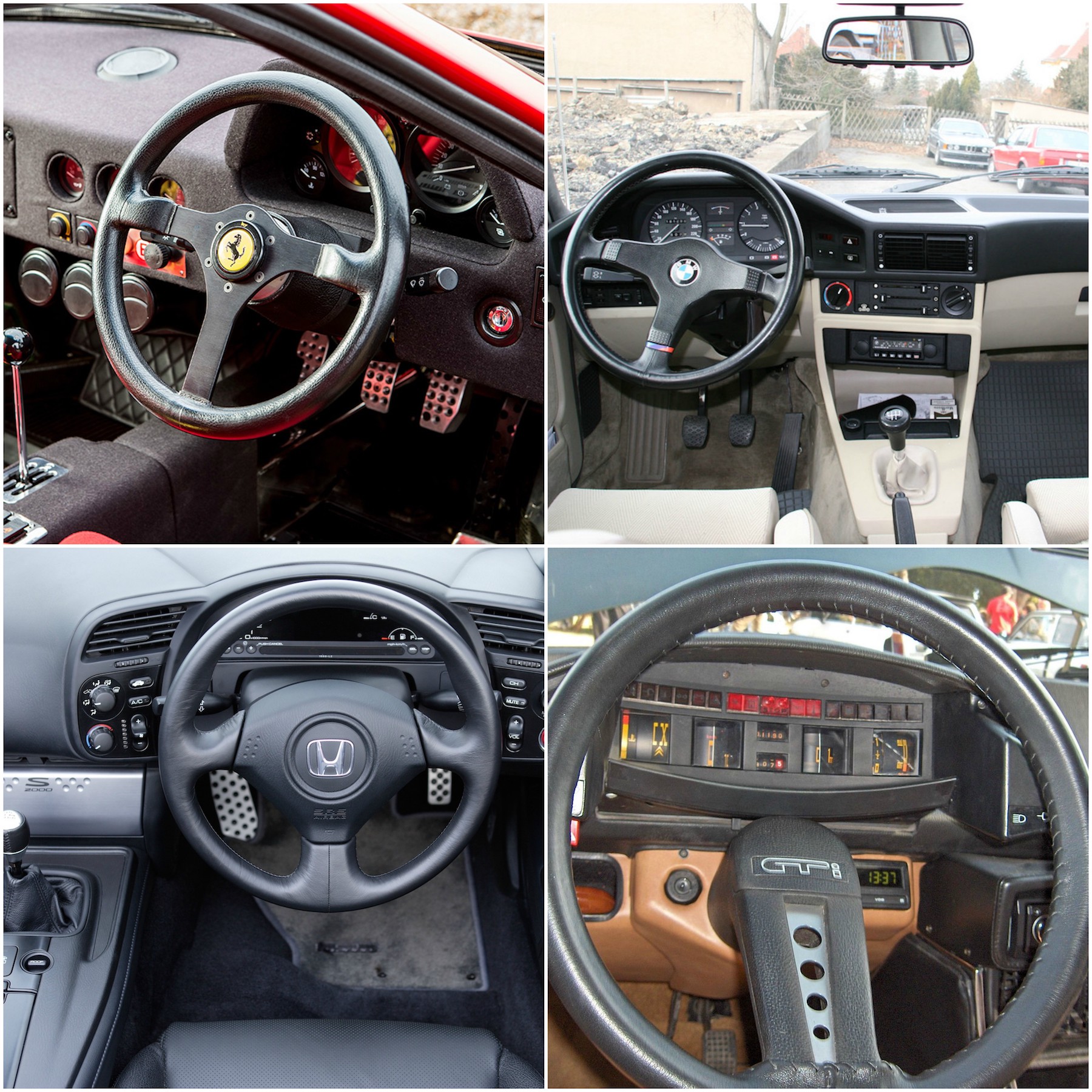It’s wonderful to have a car that looks nice on the outside – but unless you install mirrors in your garage or spend a lot of time driving past shiny shop windows, it doesn’t really matter how your car looks for the majority of the time. Instead, the interior is more important – specifically, the dashboard.
While driving, our eyes are split between the road, the mirrors, and our dashboards, making it incredibly important to get them right. A well-sorted or interesting dashboard can turn a good car into a great one – whereas a bad one can spoil an otherwise brilliant vehicle.
We’ve rounded up seven of our favourites that suited the cars they were fitted to perfectly.
Citroen CX

Citroen has a history of crazy interiors – just look at the Visa, the 2CV, the DS, the C2… however, the CX is our pick, simply because virtually nothing is as you’d expect it to be.
We’ll start with the radio – it’s mounted vertically between the front seats. Then there’s the single-spoke steering wheel, with all the major controls mounted within fingertip’s reach in two pods on either side. The indicators? Well they’re on a switch rather than a stalk – and they don’t self-cancel. The gauges may just be the best bit, though, as instead of needles and dials, you get cylinders floating in liquid. It’s all just insane, but once you get used to it, it works remarkably well.
BMW 5 Series (E28)
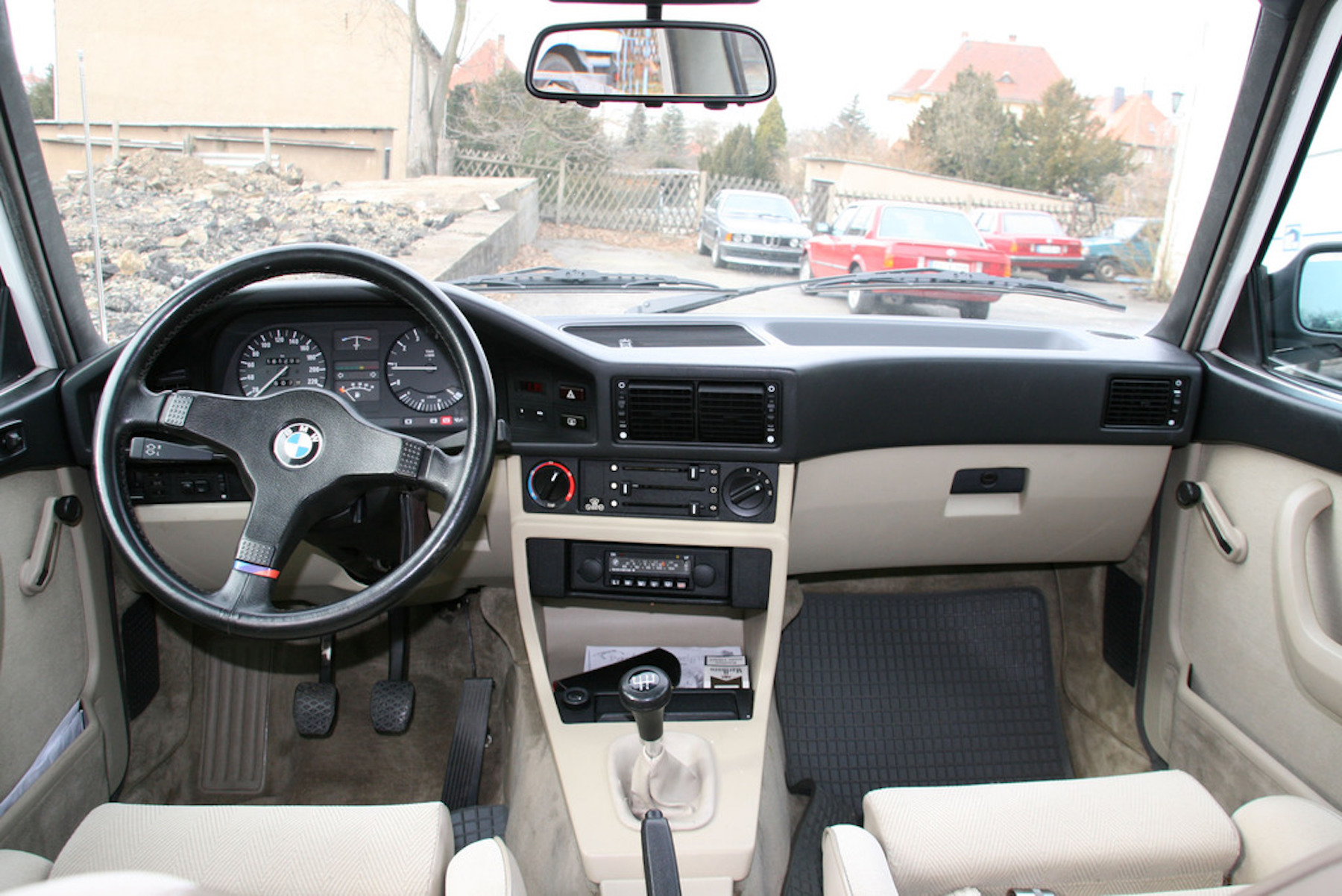
When it comes to driver involvement, nobody does dashboards better than BMW. The E28 5 Series is perhaps the best example of this. The centre console is angled towards the driver, putting everything within easy reach, while the dials and gauges are models of clarity and sense.
Even compared to modern cars, BMWs of this era are a lesson in ergonomic excellence. They’re just fantastic.
Ferrari F40

It follows that one of the greatest supercars of all time should have one of the greatest interiors of all time. The F40 isn’t exactly luxurious, but it’s driver-focused, packed with functional carbon fibre – not the horrific fake stuff you see on modern performance cars – and best of all, features a gated manual gearbox.
The F40’s simple dash is instantly recognisable as a place where you drive, and do nothing else. It gives a whole new meaning to Spartan, and is all the better for it.
Fiat Multipla
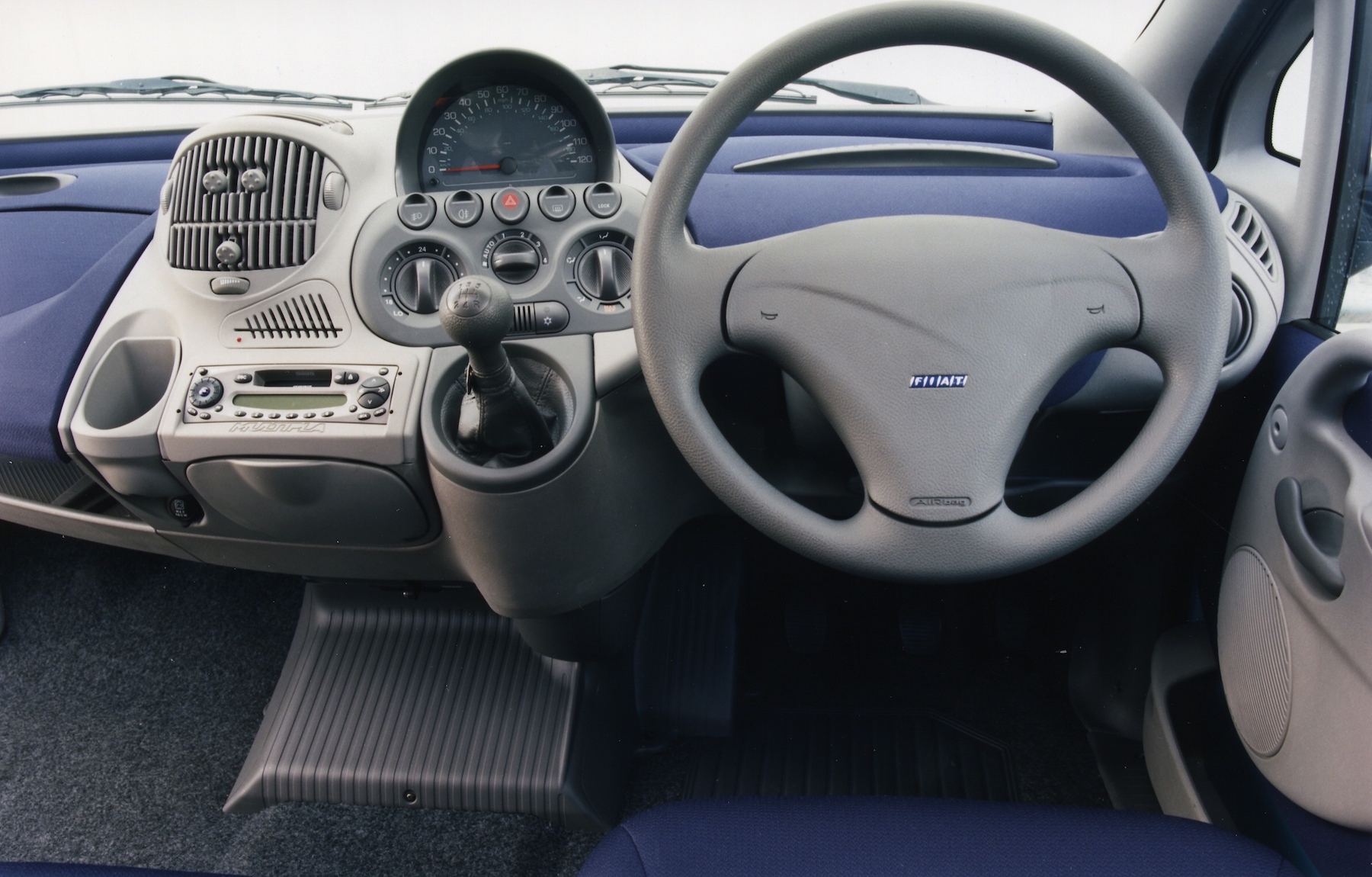
The Multipla was an oddball car in many ways, from its kooky, two-rows-of-three seating arrangement to its incredible – some would say ugly – exterior design. So of course, it couldn’t get away with just any old dashboard plucked from the Fiat parts bin.
The resultant blobby mess looked more like it had grown organically from the carpet-covered dashboard than been placed there by the factory. Surprisingly, though, it worked really well – easy to see, easy to use, and massively practical, with the gearstick just inches from your hand.
TVR Tuscan MK II
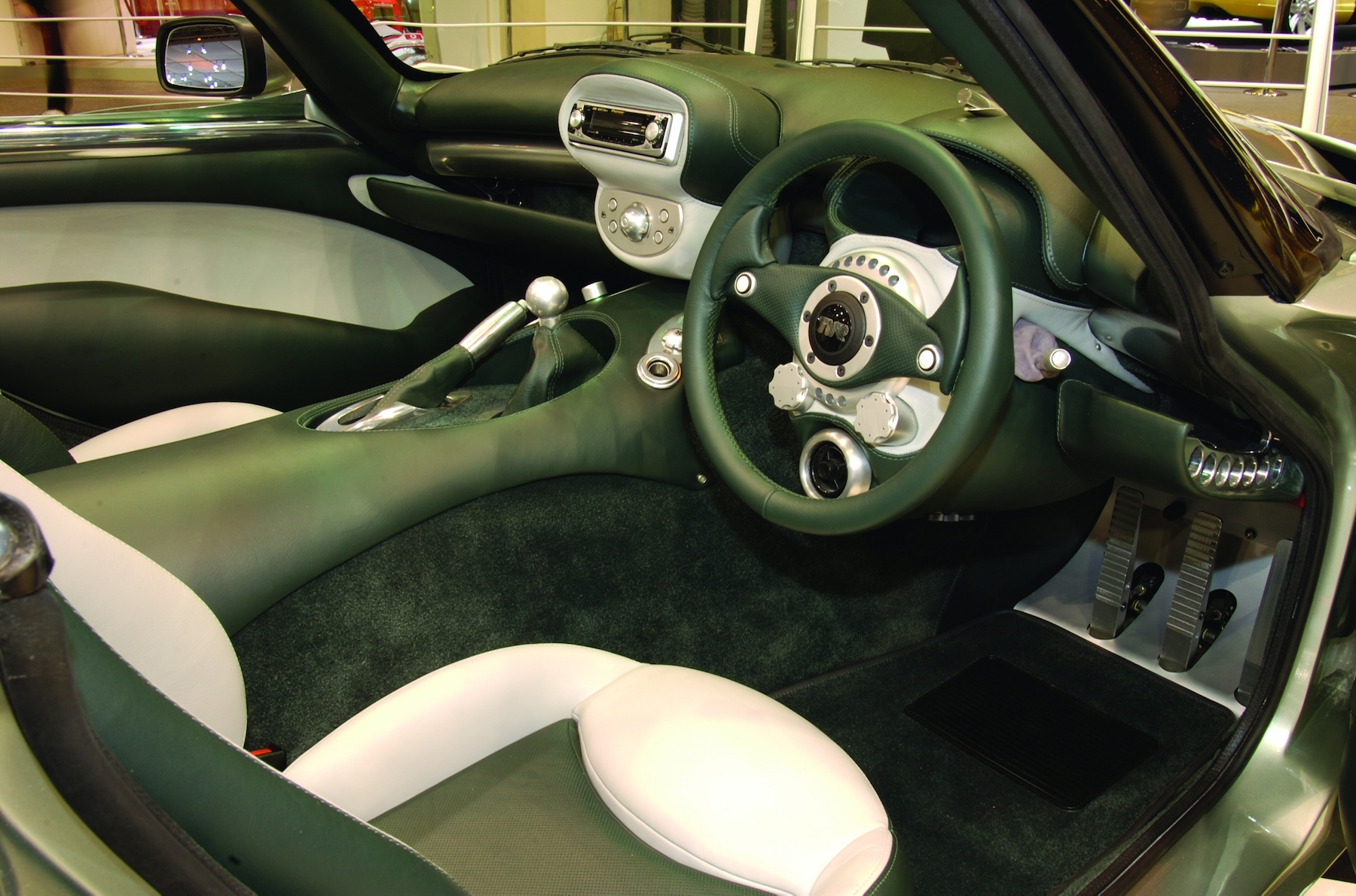
TVR’s interior design is like Marmite – uniquely British, often brown, and very difficult to get into. It’s also totally love/hate, with some denouncing it as a visual and ergonomic disaster, and some falling in love with its mad quirks.
The Tuscan was one of the best examples. With doors operated by unlabelled buttons, even getting in and out was a struggle – and once you were ensconced by leather, you were presented with dials and gauges rammed into every conceivable place. It was an interior fitting of the car’s dangerous nature.
Lamborghini Sesto Elemento
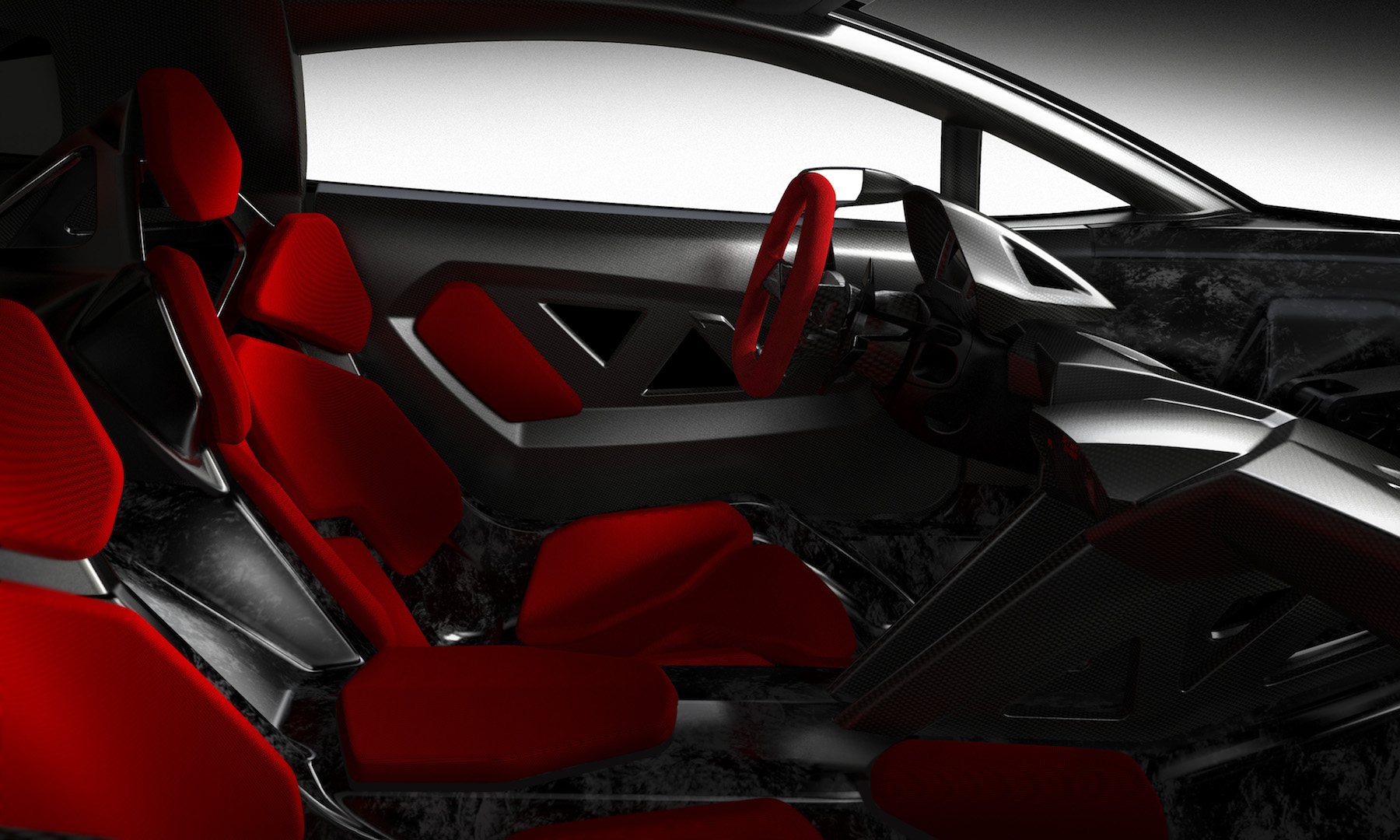
The Sesto Elemento is uncompromising on its racetrack bias, and Lamborghini doesn’t let you forget this from behind the wheel. From the minimalist gauge cluster to the carbon fibre adorning every surface, there’s no concessions to comfort in this cabin.
That’s possibly what makes it so cool. Even though it’s unremittingly minimalist, it’s still unmistakably Lamborghini. We love it.
Honda S2000
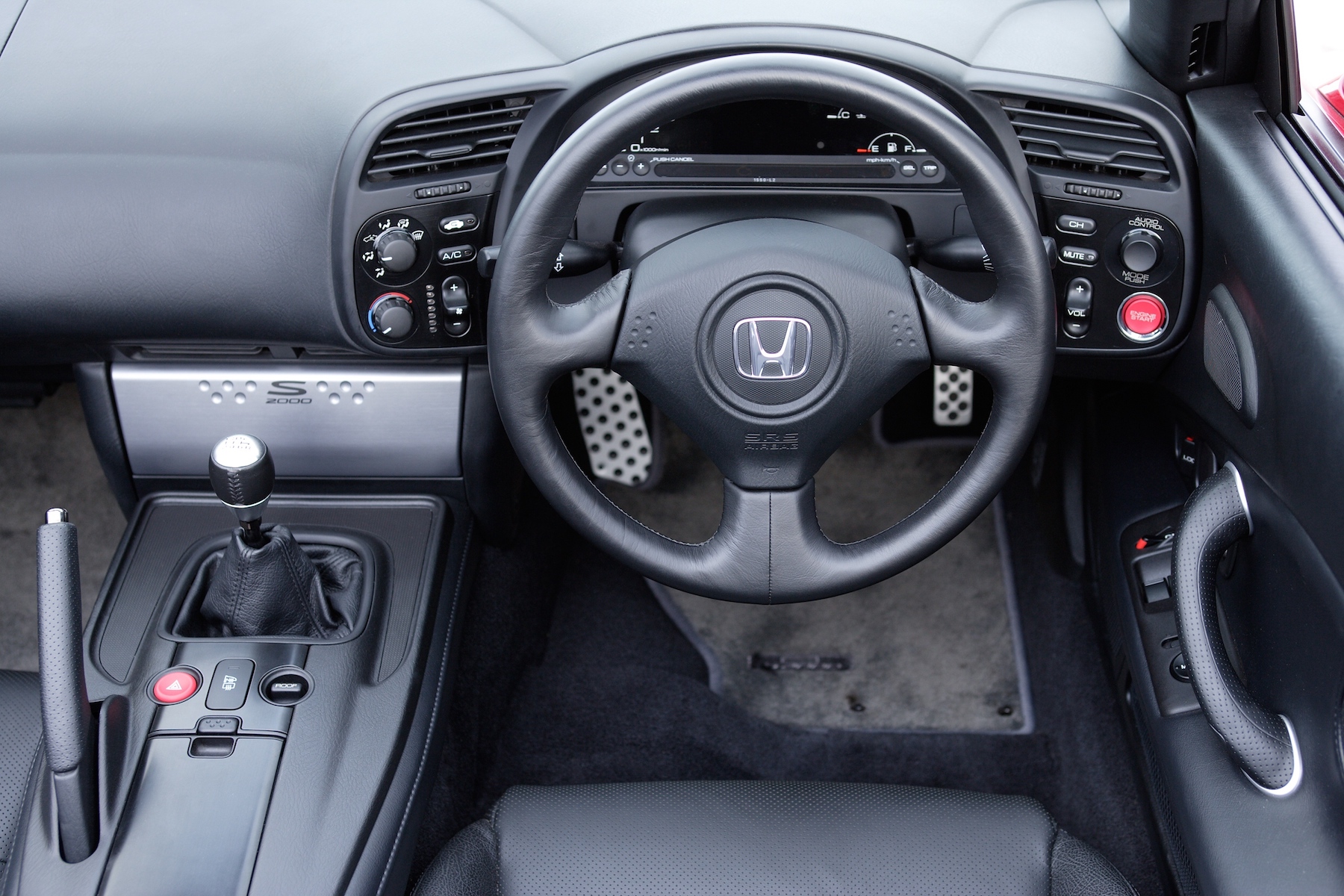
Japanese cars aren’t exactly knowing for cutting-edge interiors, but the S2000’s gauge cluster alone has given it a spot on this list. If you’ve ever played a Gran Turismo game, you’ll feel right at home behind the wheel of the legendary Japanese sports car.
There are no analog dials here, just a digital line for a rev counter and a three-digit speedo — as well as the essentials such as fuel, oil temperature and the miles. It managed to be simplistic, yet futuristic, and will certainly go down as one of history’s finest designs.

